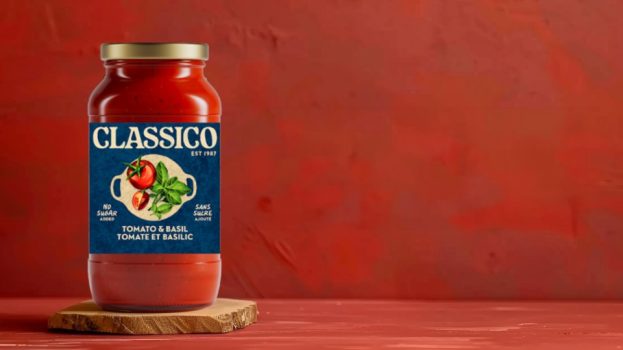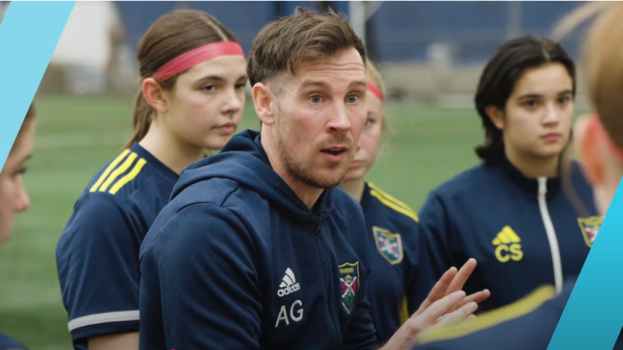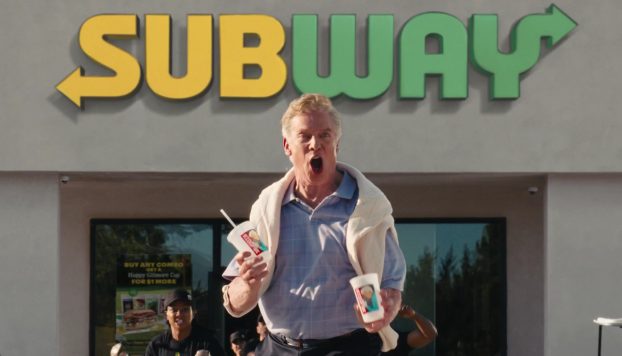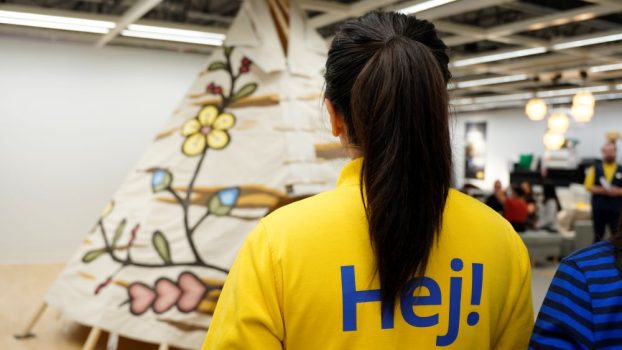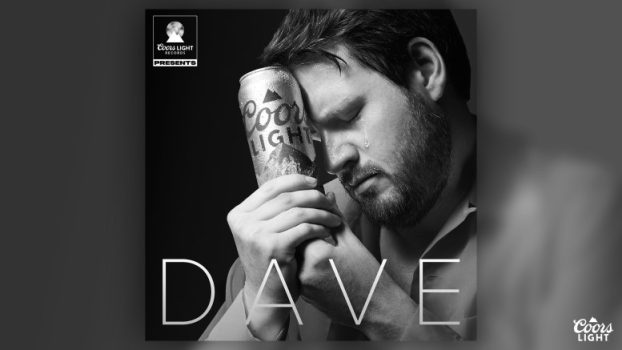It sounds like something out of a fairy tale: in the wee hours of the night, fire ravages a castle hidden deep within the woods.
But in the case of the Jamie Bell Adventure Playground in Toronto’s High Park, which suffered substantial fire damage in mid-March, the blaze was lit by an arsonist, not a fearsome dragon, and the white knights charging to the rescue have been brands. First came Canadian Tire, offering $50,000 towards rebuilding the beloved castle play structure, followed by TD with $10,000.
Supporting the communities that support your brand is an admirable CSR mantra, and many companies supplement broader, national programs with donations to local communities, organizations or individuals in crisis. But even these CSR quick hits need to mesh with a brand’s identity – whether it’s Canadian Tire helping rebuild a playground or Telus offering free long distance calling to the victims of a wildfire.
So, at a time when news travels as quickly as someone clicking “retweet,” how do you decide when it’s a good idea to get involved and then mobilize your brand fast enough? And how do you ensure you’ll be perceived as a helpful member of the community rather than an ambulance chaser?
For Canadian Tire, supporting the High Park castle rebuilding was a no-brainer, says Duncan Fulton, SVP of communications and corporate affairs.
In fact, the morning of the fire, Saturday, March 17, he received calls from numerous members of the Canadian Tire team suggesting the brand take action.
“We had a couple of our dealers and other folks say, ‘Have you seen this? This is exactly the kind of thing we should be supportive of,’” he explains. “It was clear that it was resonating with our staff.”
But that resonance was more than just personal nostalgia. Offering support for the iconic, community-built playground felt like a natural strategic fit, too.
“At the end of the day, Canadian Tire is a very family-oriented brand,” Fulton says, “so when you have an issue involving a playground and kids and playing outdoors, it’s about as ‘Canadian Tire’ as it gets.”
As news of the fire began to spread via social and mainstream media, an 8:30 a.m. conference call was arranged for Sunday morning to hammer out a plan. The mayor’s office and local city councillor were contacted, and before long, a number of employees from the communications department were headed into the office to release an official announcement.
By Monday morning, nearly every news story about the fire included a friendly mention of Canadian Tire’s involvement.
And where were the brand’s agencies in all this? “Our Canadian Tire team probably beat the agencies [in pitching the idea] by about eight hours,” Fulton says with a chuckle. “We have a pretty nimble and efficient decision-making process around these things.”
Ultimately, Canadian Tire offered $50,000 in financial support towards the High Park rebuild, while two local store dealers put up an additional $5,000 each. The brand has also committed to hosting a community weekend in the park during the rebuilding, using its branded truck as the backdrop for a barbeque and children’s activities.
Fulton says the brand has been attending community meetings and keeping in touch with city council, to see what else it can do.
“If they come back and say to us, ‘We need 1,000 paintbrushes for kids to be able to paint pieces to go onto the playground,’ then obviously that’s something we’re well positioned to help with,” he says.
In situations like this, Canadian Tire prides itself on working directly with key stakeholders and community members to determine forms of assistance.
“Once we decide to help, we’re often quite open to what that will look like,” Fulton says. “In some cases, people appreciate the financial help, in other cases people want in-kind donations.”
By involving its staff on a personal level – attending community meetings and getting to know the people involved – Canadian Tire is able to convey a sense of genuine interest that isn’t always associated with corporate benefactors.
The brand is also willing to turn down opportunities for public recognition if there’s a risk of them appearing too contrived or artificial, Fulton says. When someone from the city suggested that Canadian Tire make an official cheque presentation for the High Park rebuild, for example, the brand politely declined.
“I think it’s about the authenticity of the offer,” Fulton says. “It’s really easy to drop in, drop a cheque and get out, but our staff gets very involved and gets to know folks.”
The High Park fire isn’t the first time Canadian Tire has made headlines over the past year by coming to the rescue of a community in need. Often, these opportunities are flagged by the brand’s local store owners, who are quick to call corporate HQ when they notice a cause worth rallying behind.
“We often hear about these things from our local dealers before we even hear about them on the news, because these dealers are a fixture in their local communities,” says Fulton. “In some of the smaller communities, they’re as popular as the local mayor.”
 When the women’s hockey team at St. Mary’s University in Nova Scotia had its funding cut in March 2011, Canadian Tire happily laced up its skates, offering $60,000 in support of the Huskies.
When the women’s hockey team at St. Mary’s University in Nova Scotia had its funding cut in March 2011, Canadian Tire happily laced up its skates, offering $60,000 in support of the Huskies.
“They were actually the leading women’s hockey team in Nova Scotia at the time, and our local dealers called us up and said, ‘Canadian Tire is Canada’s authority on hockey and here we have this local community issue where clearly everyone [felt] it was the wrong decision to pull the funding,” Fulton explains. “Within an hour, we said, ‘Let’s get in and help.’”
Since then, the relationship between Canadian Tire and the Huskies has flourished, with the team playing a fundraiser for the brand’s youth-sports charity Jumpstart, players making guest appearances at local stores and the brand giving away prizes at games.
On a more sombre note, Canadian Tire also took quick local action in May 2011, when major flooding in Manitoba resulted in several municipalities declaring a state of emergency. But this time, it wasn’t cash that was needed most.
 “The community really didn’t want money, they wanted clean bottled water,” Fulton says. “At that point it was like, ‘Let’s marshal a 53-foot truck and pack it to the gills with bottled water and get it in there’ because that was more valuable than sending a cheque.”
“The community really didn’t want money, they wanted clean bottled water,” Fulton says. “At that point it was like, ‘Let’s marshal a 53-foot truck and pack it to the gills with bottled water and get it in there’ because that was more valuable than sending a cheque.”
Canadian Tire’s community initiatives also vary greatly from region to region, which Fulton believes is a real strength.
“We’re not setting guidelines in Toronto saying ‘Here are the things you must and must not support,’” Fulton says. “If you’re in Saskatchewan and the haying is done for the week and all the local farmers are going to get together for a perogy festival, you would want to sponsor that if you’re the local Canadian Tire dealer. Some guy in downtown Toronto probably doesn’t have a policy on that.”
No matter where these initiatives take place, Fulton says there’s brand logic behind the decision making. A local opportunity should reside within one of Canadian Tire’s four core categories – living, playing, fixing or driving – or touch on the notion of everyday Canadian families.
As an organization, the Canadian Tire corporation – which encompasses Canadian Tire, Mark’s and Forzani Group brands – invests $50 million a year in Canadian communities, $14 million of which is funneled through Jumpstart.
“If you look at all the community donations across the country, it doesn’t immediately ladder up to a big brand strategy,” he adds. “But go to Sudbury, Fort Francis, Fort McMurray or Shediac, and ask about the Canadian Tire brand, and there’s an extremely strong brand presence, in large part because of all the local community investments and decisions our dealers have been making. Community by community, it seems to work.”
Another brand that community investment seems to be working for is Telus, whose CSR philosophy is “We Give Where We Live.”
When a wildfire ripped through the small town of Slave Lake in northern Alberta in May 2011, destroying homes, schools and libraries, and leading to the evacuation of its 7,000 residents, Telus was quick to lend a hand.
“Slave Lake is a community we serve in Alberta, and we felt it was important to step up and support our team members, retirees, and their families and friends in this urgent time of need,” says Jill Schnarr, VP, community affairs, Telus. “This was personal for Telus. Thousands of our customers and even some of our team members had lost their homes overnight.”
A phone call from the brand’s media team alerted the community affairs staff to the urgent need, and Telus made the immediate decision to step in, donating $25,000 to the Red Cross in support of relief efforts.
The brand also offered free wireless long distance calling to all community residents for the following week, and shipped 1,000 long distance and prepaid wireless calling cards for them to use.
“We included free long distance so that community residents could call their family and friends immediately to let them know they were safe, and to keep in touch and connected during this critical time of need,” Schnarr says.
Free long distance calling was a fit for the brand, and something Telus could provide quickly, while remaining genuinely useful to displaced community members.
Telus also sent 1,500 toiletry kits to the Red Cross to be distributed at evacuation centres hosted in nearby communities, and worked with emergency services on the ground to ensure they had sufficient communications services. The brand encouraged customers to get involved too, by texting REDCROSS to a special number to donate $5 towards relief efforts.
 Similarly, when massive wildfires raged through the Kelowna area of B.C. in the summer of 2009, Telus spearheaded a public donation system and provided evacuees with everything from essential items to stuffed Telus critters for the kids. For three weeks of the crisis, five Telus brand ambassadors worked around the clock at a registration desk to ensure that residents had been safely evacuated from their homes.
Similarly, when massive wildfires raged through the Kelowna area of B.C. in the summer of 2009, Telus spearheaded a public donation system and provided evacuees with everything from essential items to stuffed Telus critters for the kids. For three weeks of the crisis, five Telus brand ambassadors worked around the clock at a registration desk to ensure that residents had been safely evacuated from their homes.
And after the Vancouver Stanley Cup riots in June 2011, which resulted in smashed shop windows, overturned cars and over 100 people injured, Telus contributed $50,000 to the Vancouver Restoration Fund, supporting small businesses that suffered damages.
“Our commitment is to support our neighbours in need,” says Schnarr. “If one of our fellow citizens or team members is facing a crisis, we will always step in to help.”
In 2011, Telus team members and retirees donated more than $46 million to charitable and not-for-profit organizations, and over the past few years, the brand has donated more than $1.5 million to Canadian charities in support of humanitarian relief efforts both at home and abroad.
But while community investment is a key brand pillar for Telus, the telco is not always the first to toot its own horn.
“We feel we do not need to create a big PR campaign about our efforts, as this will make it look less genuine,” Schnarr says. “We generally step in where we feel we can add support, and then we let our efforts speak for themselves.”
Brands would be wise to emulate Telus and Canadian Tire’s community-led first-responder strategy as they look for ways to connect with local communities. Gone are the days when an oversized cheque and a handshake were all you had to offer in the wake of a community crisis. Today’s consumers expect logical partnerships, ongoing commitment and authentic concern – in other words, they want first aid, not band-aids.


